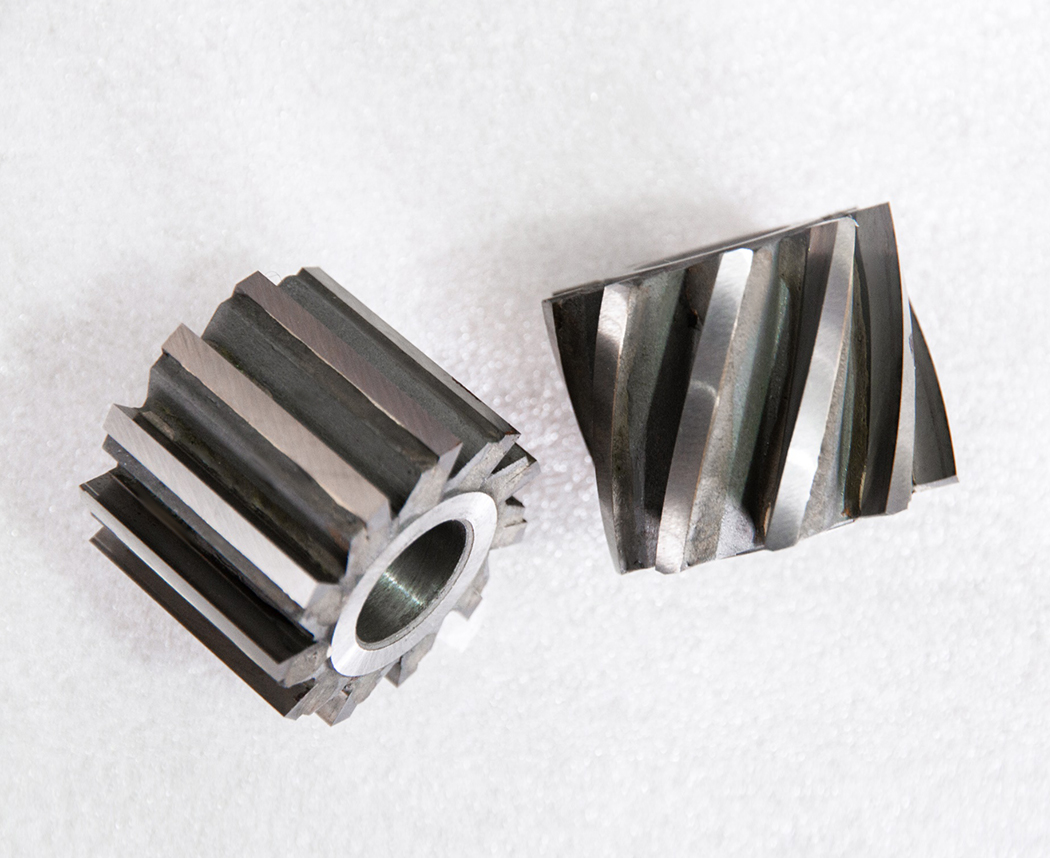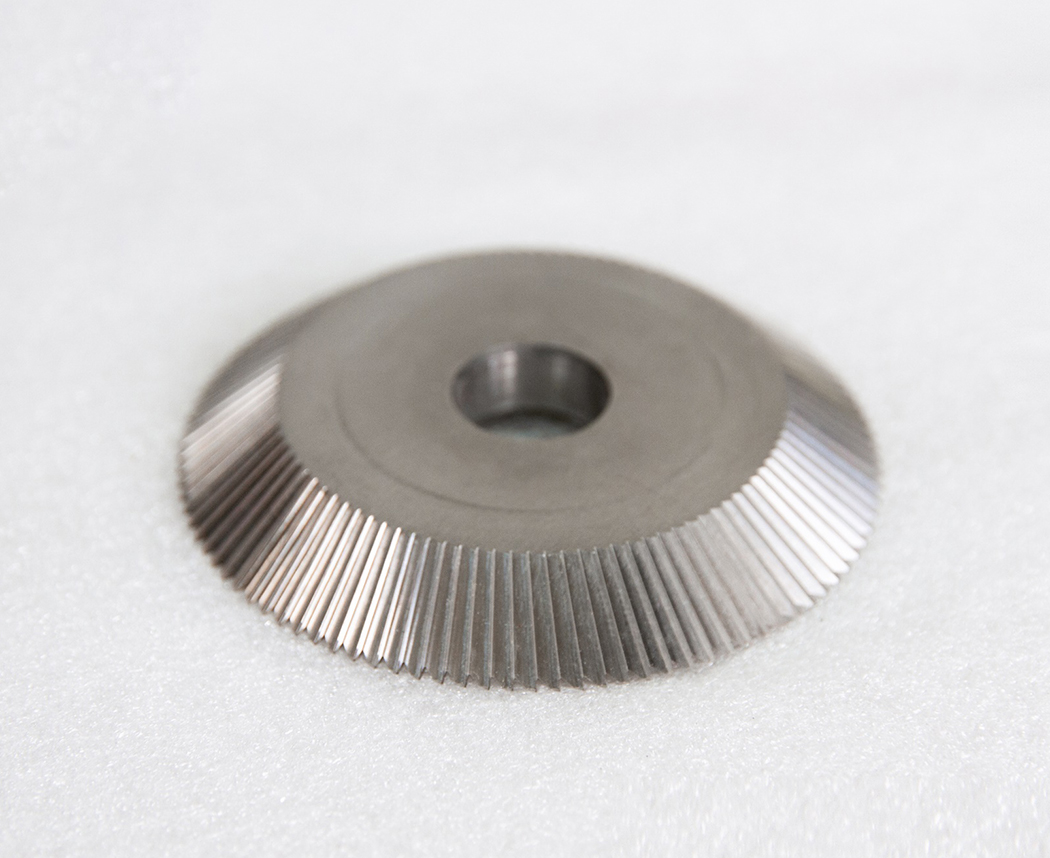News Center
Recommending Products
Contact: Mr. Jin
Tel: 13901575780
0512-52428686
Contact: Mr. Zha
Tel: 13913639797
0512-52422071
Address: No. 59, Huyi Road, Liantang, Shanghu Town, Changshu City, Jiangsu Province.
In which industries are high-speed steel single angle milling cutters applied
High speed steel single angle milling cutter is a milling tool with a specific angle cutting edge, commonly used for machining various angle grooves, inclined surfaces, step surfaces and other features. It has a wide range of application industries, mainly including the following areas:Sources:www.oakdirectuk.com | PublishDate:2025.06.04
1. Mechanical manufacturing industry
Application scenarios:
Angle grooves (such as V-shaped grooves, dovetail grooves), inclined surfaces, step surfaces, and other structures in machining mechanical parts, such as gearbox housings, machine tool guides, transmission components, etc.
Used for manufacturing angular profiles of fixtures and mold parts, ensuring assembly accuracy and fit performance of the parts.
Industry demand:
In mechanical manufacturing, high geometric accuracy is required for parts, and the high hardness and wear resistance of high-speed steel can meet long-term cutting needs, especially suitable for precision machining of small and medium-sized parts.
2. Mold manufacturing industry
Application scenarios:
Processing the inclined surfaces of plastic molds, stamping molds' cavities, mold mouth angles, or parting surfaces, such as the slider inclined surfaces of injection molds, exhaust grooves of die-casting molds, etc.
Features such as sealing grooves for manufacturing rubber molds and chamfers for gear molds.
Industry demand:
The mold structure is complex and often requires high-precision angle surface machining. The sharpness and cutting stability of the high-speed steel single angle milling cutter can ensure the surface quality of the mold and reduce the subsequent polishing workload.
3. Aerospace manufacturing
Application scenarios:
Processing aviation engine parts (such as the angular surface of turbine blade tenons), lightweight inclined surfaces or connecting grooves for aircraft structural components.
Manufacturing precision transmission components in aerospace equipment, such as gearbox angle structures.
Industry demand:
Aerospace materials are mostly difficult to machine materials such as high-temperature alloys and titanium alloys. High speed steel single angle milling cutters need to have high toughness and impact resistance to adapt to complex cutting conditions.
4. Manufacturing of automobiles and their components
Application scenarios:
Processing chamfers for automotive transmission gears and angle grooves for differential housings.
Manufacturing automotive molds (such as the inclined surface of stamping dies for covering parts).
Industry demand:
Large quantities of automotive parts require high durability and stable cutting efficiency of cutting tools. High speed steel single angle milling cutters are commonly used in small and medium-sized production or repair scenarios.
5. Cutting tools and tool manufacturing
Application scenarios:
Process the chamfer and angle positioning surface of the handle of other cutting tools (such as twist drills and reamers).
Manufacturing angle structures or anti slip grooves for manual tools such as wrenches and pliers.
Industry demand:
The manufacturing of cutting tools requires high precision of the cutting edge, and the self precision of high-speed steel single angle milling cutters can ensure the correctness of the geometric parameters of the machined tool.
6. Processing of instruments and precision parts
Application scenarios:
Micro angle slots for machining instrument housings, indexing surfaces or adjustable slopes for instrument gears.
Manufacturing precision transmission components (such as clock gears, angle structures of micro motor shafts).
Industry demand:
Small part size and high precision, small-sized models of high-speed steel single angle milling cutters (such as small-diameter tools) can meet the needs of micro machining and avoid excessive cutting of materials.
7. General component repair and maintenance
Application scenarios:
Processing worn angle structures during equipment maintenance (such as repairing V-shaped grooves on machine tool guides).
The angle characteristics of repairing non-standard parts are suitable for on-site processing needs.
Industry demand:
The repair scenarios are mostly small batches of single pieces, and the versatility and ease of grinding of high-speed steel single angle milling cutters (which can be re ground to restore cutting performance) make them a commonly used tool.






